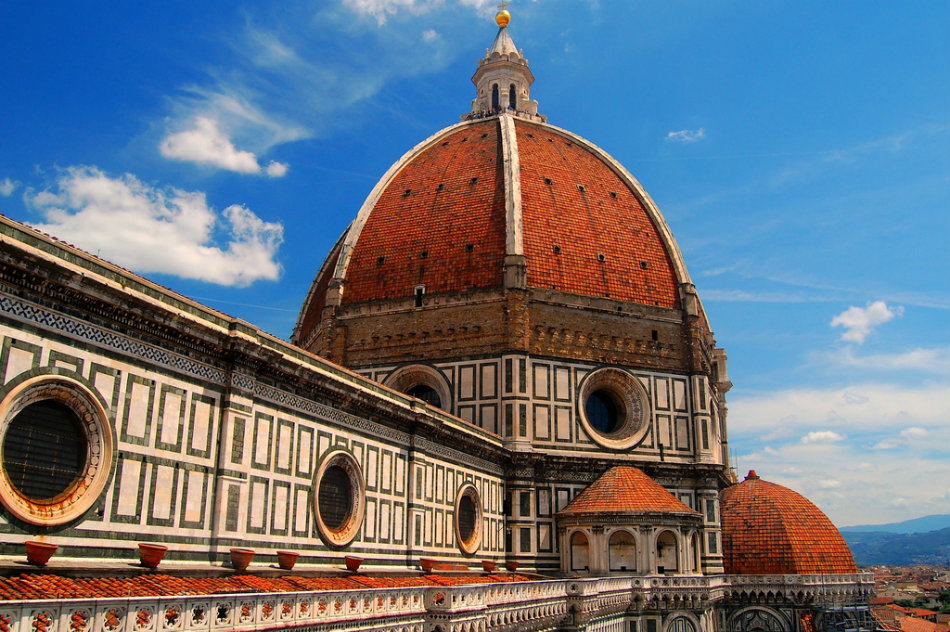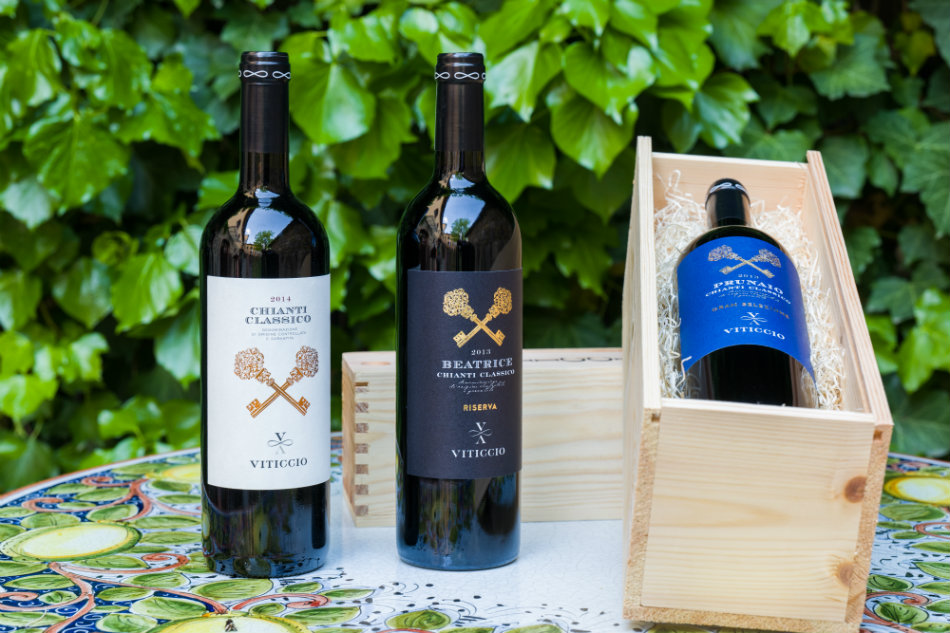Christmas is almost upon us and we’re feeling the holiday spirit: as the weather turns colder in Tuscany, the best way to stay warm is with a hearty plate of hot food and a glass of wine alongside it—bottle on hand.
Tuscany is a land of great bounty and abundant food, and we love nothing more than enjoying this during the holidays. We’re great meat eaters here, too, and our native wines naturally pair well with the traditional second courses of our region—like Prunaio with the Cinta Senese pork roast. We have another great pairing for your holiday dinner table: Chianti Classico Riserva with Peposo all’Imprunetina, a dish with a fascinating legend and six hundred years of history behind it.
Peposo all’Imprunetina, a classic Tuscan dish
First, what is peposo all’imprunetina? This second course is a long-stewed beef dish that simmers for hours in plenty of red wine and peppercorn. As modern additions, other spices and aromatics might be tossed in, and even some tomato if the chef finds it expedient. Note that the original recipe was created in the early 1400s, before tomatoes made their way to Italy to change Italian cuisine forever; so it couldn’t have possibly included tomatoes. Nevertheless, today you might find it in peposo all’imprunetina.
The dish the Duomo made
Picture the great Duomo of Florence, today a UNESCO World Heritage together with its Baptistry and Giotto’s Campanile (or bell tower)—its magnificent cathedral with alternating green, pink, and white marble, a Renaissance dome and a Gothic structure, and its typically red-tiled roof. It didn’t make the peposo all’imprunetina, of course. But it directly led to the dish’s fame, according to legend.

Roof of Florence Duomo – by mr.donb, Flickr CC
In 1418, the founding fathers of Florence needed to cover the gaping hole on the Church of Santa Maria dei Fiori, whose construction began in 1296 but whose dome remained incomplete. A competition was held to commission the best blueprint. Architects and builders came from far and wide, but it was an unlikely man who won the competition: Filippo Brunelleschi, a goldsmith from Florence. He revolutionized architecture of his day when he proposed one smaller dome built inside the larger one.
From the beginning of the dome’s construction in 1420 until the end in 1436, Brunelleschi used only the highest-quality materials, such as the red terracotta roof tiles baked at the ovens in Impruneta about thirteen kilometers from Florence. This terracotta, made from Galestro clay, was perfect for covering the large cupola: it was resistant, light-weight, and cost-effective, plus resistant to frost. Brunelleschi visited the terracotta ovens in Impruneta to supervise the production process.
A hearty dish after a long day’s work
It was during his trips to Impruneta that, legend has it, Brunelleschi invented today’s popular dish called peposo all’imprunetina; though it is just as likely that he simply enjoyed the dish the workers there made for themselves. Taking advantage of the constantly warm ovens for baking the roof tiles, the tile workers would slow-cook big servings of leftover meat scraps during the firing. They poured over plenty of the local sangiovese wine and tossed in a handful of spices to flavor it, namely peppercorns (this covered any “off” flavors the less-than-prime meat cuts might have had).
The meat would slow-cook for hours and provide an excellent meal at the end of a long day, especially in colder weather, for the ovens were operative during all seasons.
Chianti Classico DOCG Riserva
Today, the Municipality of Impruneta and the Italian Food Academy have patented the official recipe for peposo all’imprunetina: Tuscan beef, black peppercorns, red Chianti wine, and salt (plus garlic, optional). There is no better match for this dish made with Chianti than a great Chianti wine. We suggest pairing it with our Chianti Classico DOCG Riserva, which has a complex nose of sour cherry, blackberry, cassis, and warm spices with a smooth, round palate and long finish. Overall, its flavors and aromas are highly concentrated, allowing it to complement the strong flavors of this savory beef stew and not be overpowered. Serve this Tuscan favorite at your holiday table with glasses of Chianti and we guarantee you’ll leave your guests feeling satisfied.





